I snapped these pictures during a snowstorm in early February. The birds were flocking to the bird feeder in my backyard. I used a Canon EOS 5D Mark III camera and an EF70-200mm f/2.8L IS II USM super zoom lens to take the shots. I took the photos from inside my house, through the kitchen window and the sliding door in the living room.
When I photographed this bird, I had no idea what it was. After a few hours of searching online and looking at many bird photographs, I identified this bird as the Carolina Wren.
The Carolina Wren (Thryothorus ludovicianus) is a medium-sized songbird in North America’s eastern and southeastern parts. It has a round body, long tail, reddish-brown upperparts, buff or orange underparts, white eyebrow stripe, and a bold white throat. Known for its lively behaviour and melodious calls, it inhabits dense vegetation in woodlands, forests, and suburban areas. It feeds on insects and constructs nests in tree cavities or manufactured structures. The Carolina Wren is adaptable and frequently visits backyard feeders, making it a beloved bird in its range.
The Carolina Wren (Thryothorus ludovicianus) can be found in various parts of New Jersey. It is primarily distributed in the southern and central regions of the state. The species thrive in habitats with dense vegetation, including forests, woodlands, swamps, and shrubby areas. It is less common in the northern parts of New Jersey. The Carolina Wren's adaptability allows it to inhabit suburban and urban areas with suitable vegetation throughout the state.
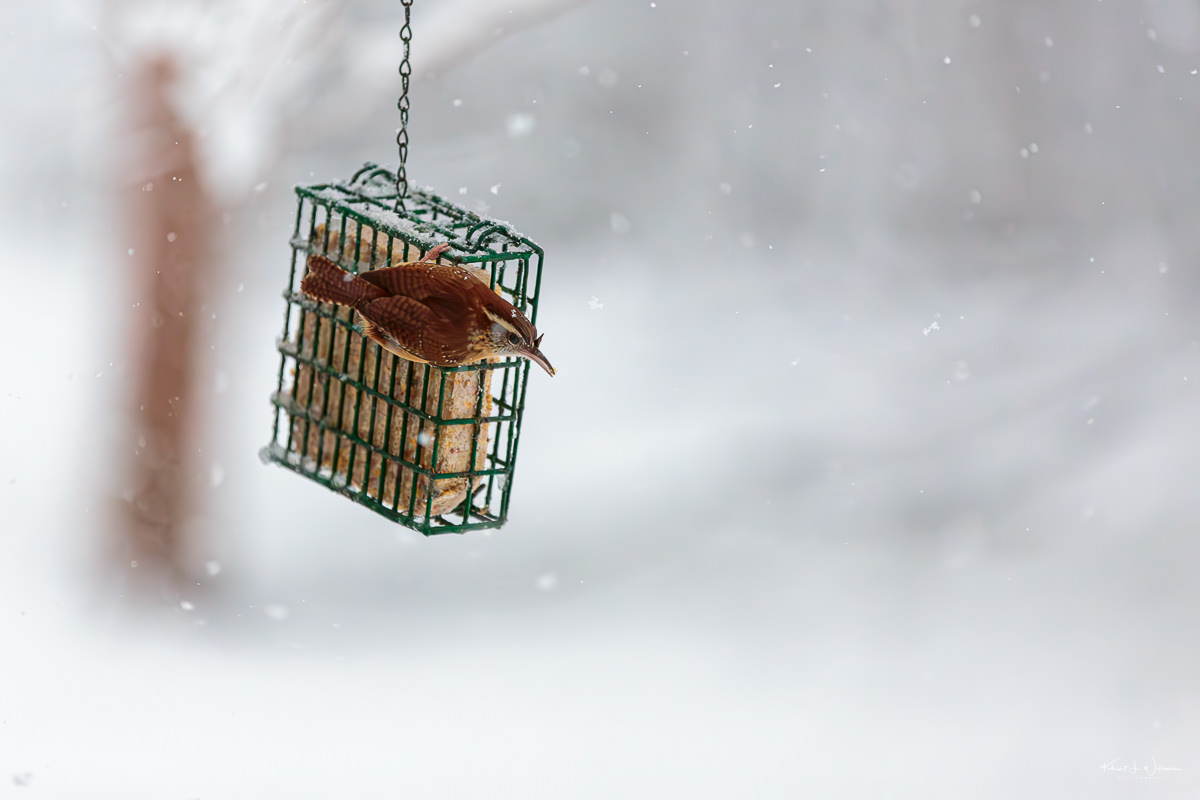
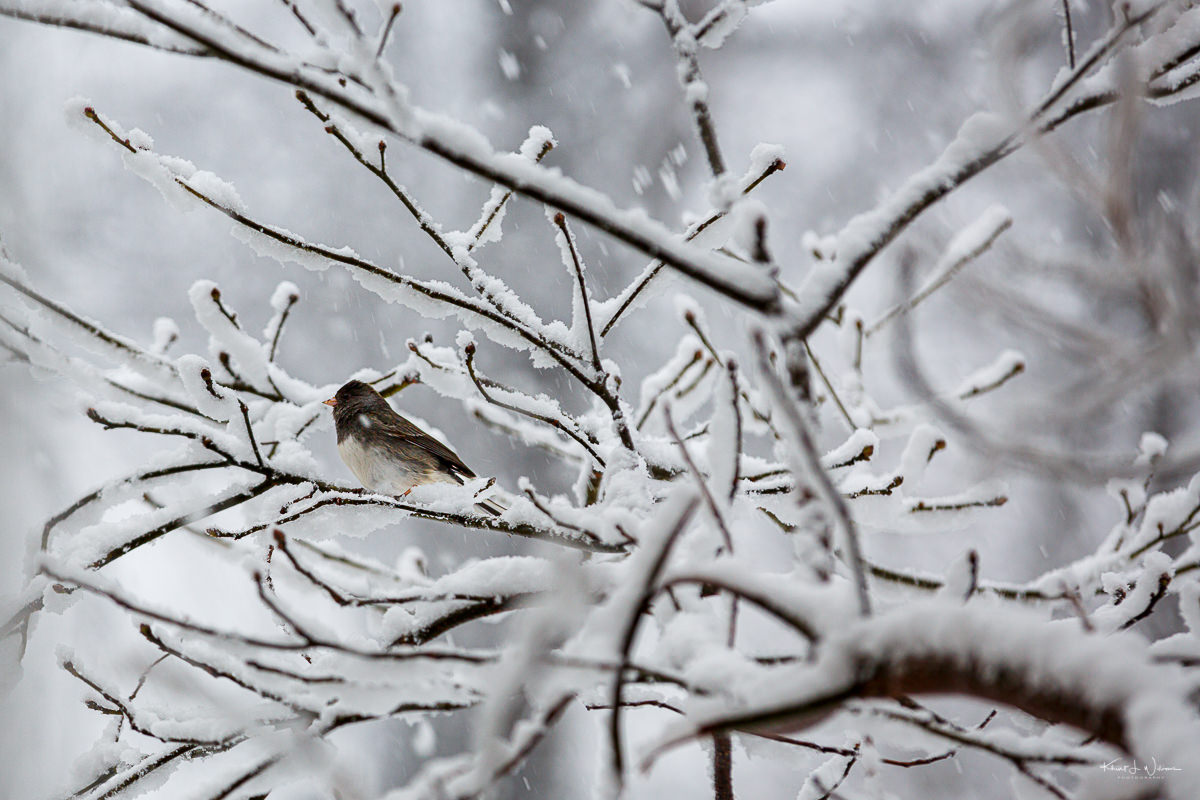
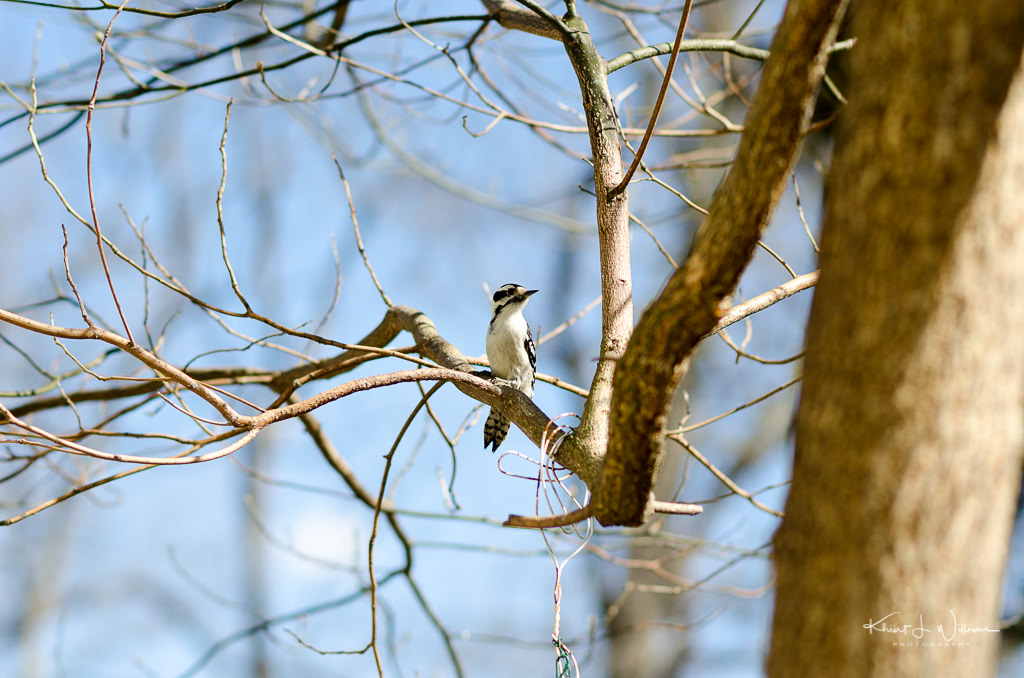
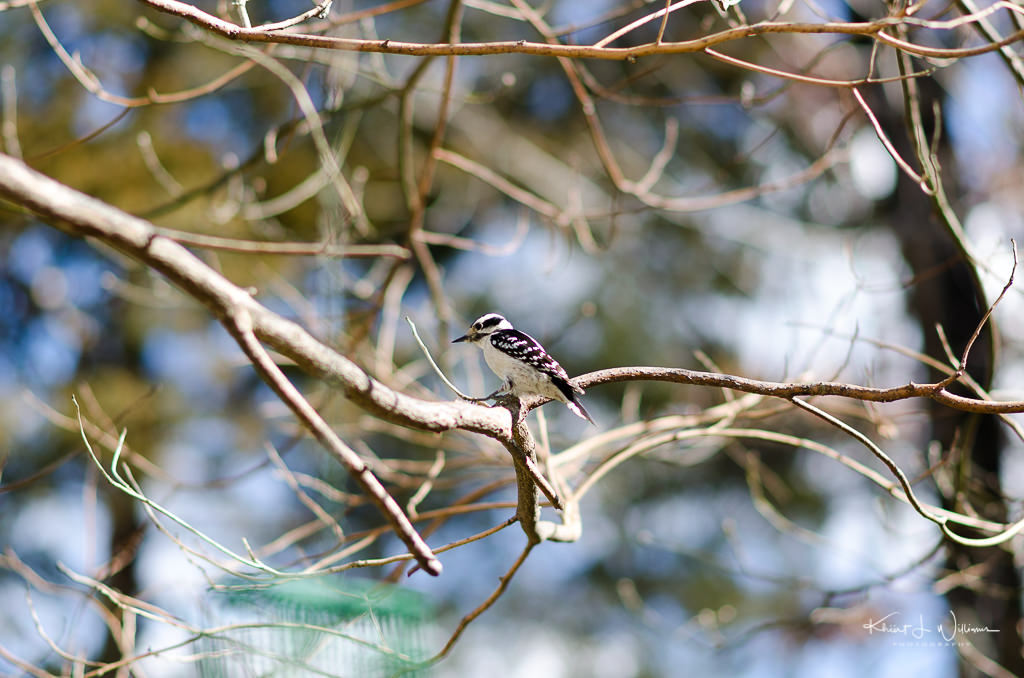
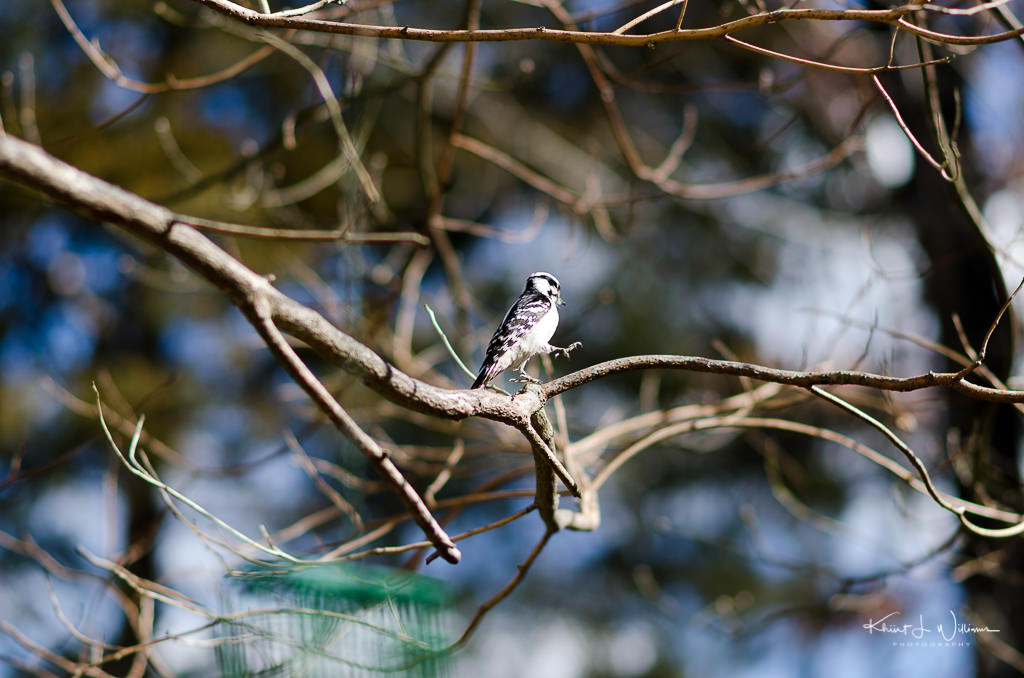
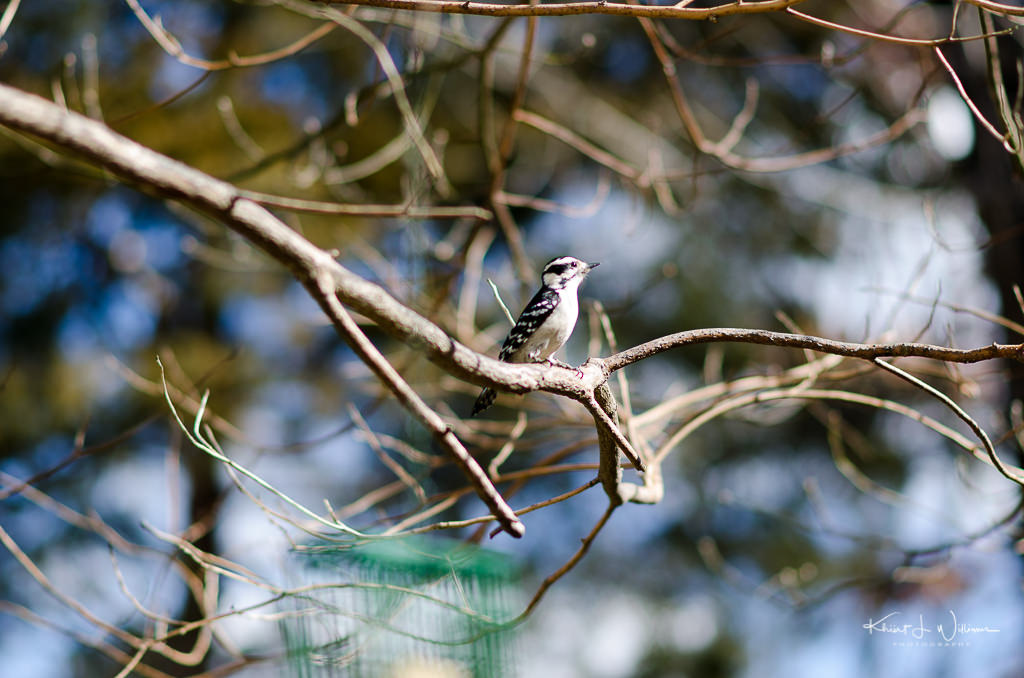
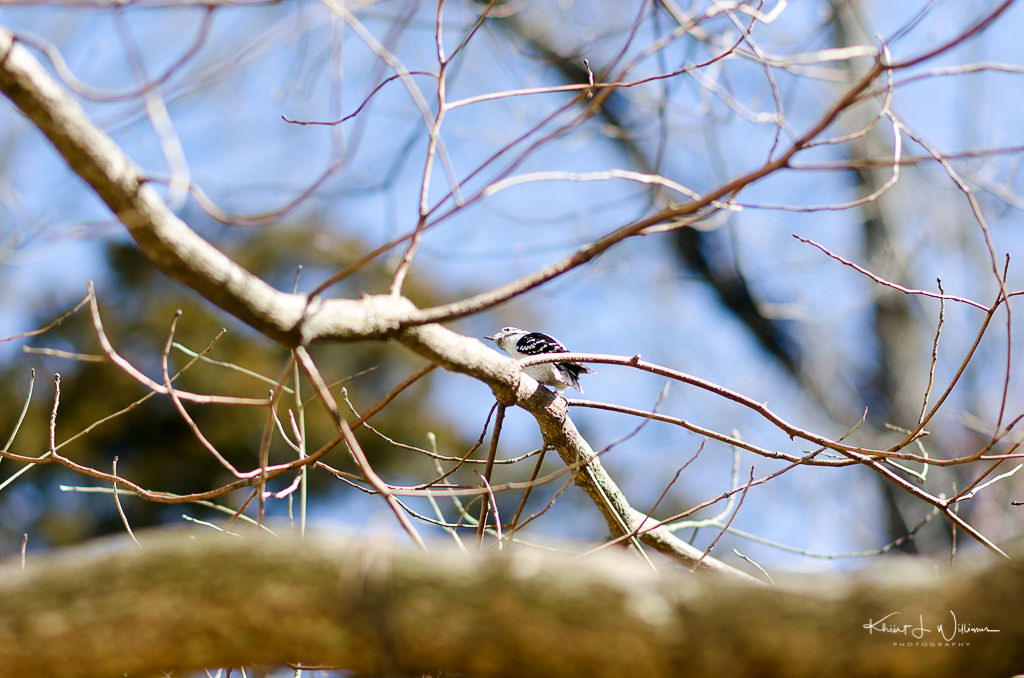 [exif id="24879"]
[exif id="24879"]